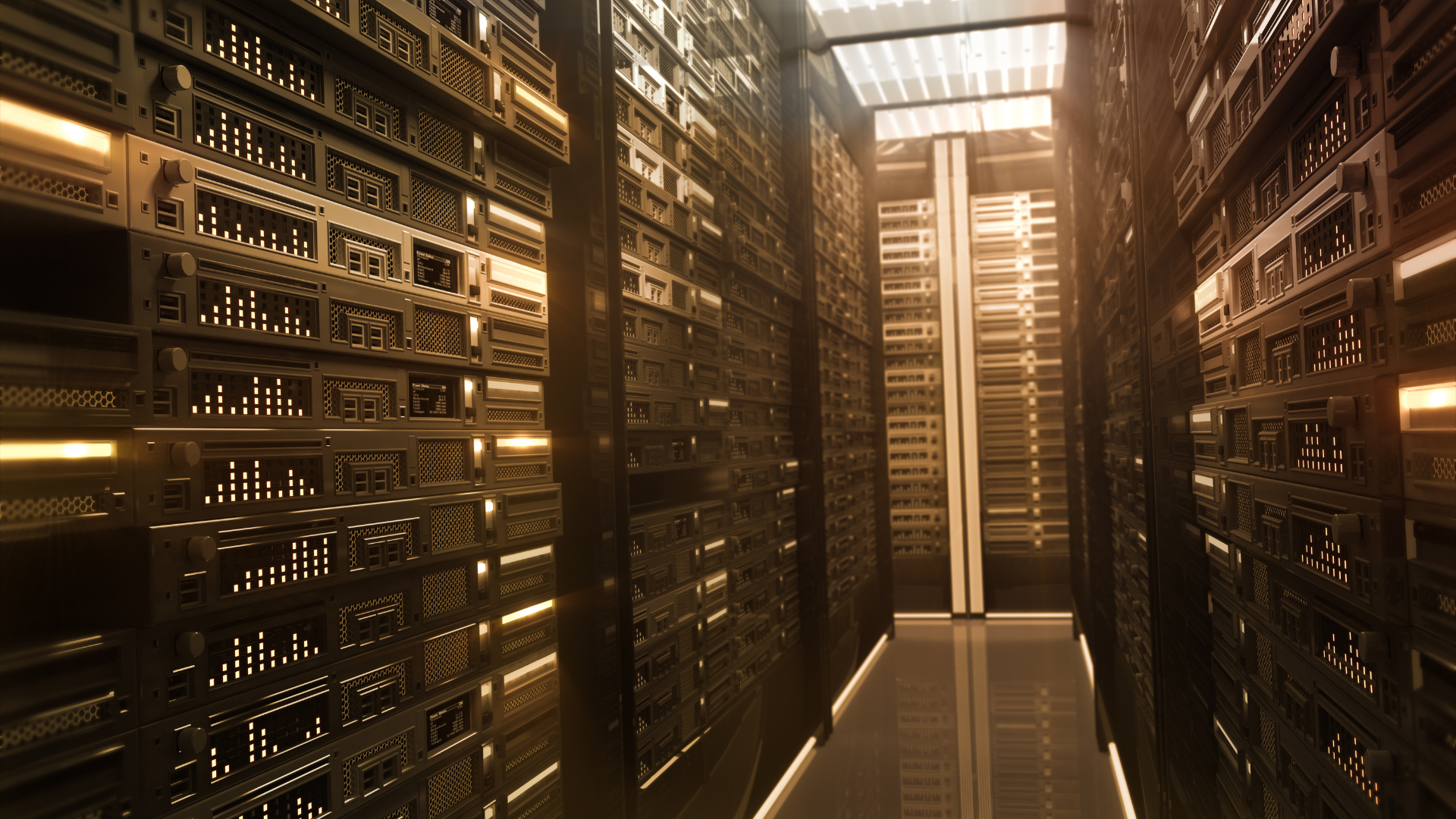In recent years, the phrase “smart city” has gained popularity as cities throughout the world seek to improve their infrastructure and offer their citizens a higher quality of life. This vision is dependent on intelligent infrastructure, which includes smart buildings and cities. By incorporating sophisticated technologies such as the Internet of Things (IoT), artificial intelligence (AI), and machine learning (ML), cities and buildings may become more efficient, sustainable, and responsive to their citizens’ demands.
Enhanced energy efficiency is one of the primary advantages of intelligent infrastructure. Smart building technologies such as building management systems (BMS) and energy management systems (EMS) can be utilised to monitor and regulate energy consumption in real time. BMS can be utilised to regulate lighting and HVAC systems, hence decreasing energy waste and operational expenses. Similarly, EMS can be utilised to optimise energy consumption based on real-time data, thereby enhancing overall efficiency and decreasing carbon emissions.
An further advantage of intelligent infrastructure is enhanced safety and security. With the integration of Internet of Things devices and advanced sensors, smart buildings can identify and respond in real time to possible safety threats. This may include fire detection and air quality monitoring to ensure a safer and healthier environment for residents and staff.
Smart cities also provide citizens with enhanced services and amenities. For instance, traffic management systems can be utilised to optimise traffic flow, hence lowering traffic congestion and enhancing air quality. In addition, intelligent waste management systems can be utilised to improve garbage collection and disposal, thereby minimising waste’s environmental impact and enhancing public health.
However, intelligent infrastructure implementation is not without obstacles. The requirement for a robust and secure network to serve the plethora of IoT devices and sensors is one of the greatest obstacles. In addition, there is a requirement for system-wide standards to ensure that all systems are compatible with one another. Lastly, the price of technology and the dearth of qualified personnel to implement and administer these systems might be obstacles to acceptance.
Intelligent infrastructure is the future of smart buildings and cities, and its influence on our lives and the environment will only increase over time. Cities and building owners can create more efficient, sustainable, and habitable environments for their citizens by investing in these technologies.

Leave a Reply